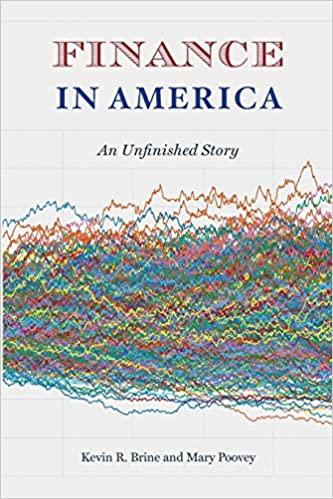Question
Suppose that two firms emit a certain pollutant. The marginal cost of reducing pollution for each firm a.k.a. Marginal Abatement Cost, MAC is as follows:
Suppose that two firms emit a certain pollutant. The marginal cost of reducing pollution for each firm a.k.a. Marginal Abatement Cost, MAC is as follows: MAC1 = 300 er1 and MAC2 = 100 er2, where er1 and er2 are the amounts (in tons) of emissions reduced by the first and second firms, respectively. Assume that in the absence of government intervention, Firm 1 generates 100 units of emissions (EL1) and Firm 2 generates 80 units of emissions (EL2). Diagrams for each part below would facilitate your answering the questions a. Suppose regulators decide to reduce total pollution by 40 units. In order to be cost effective, how much should each firm cut its pollution? b. What emissions fee should be imposed to achieve the cost-effective outcome? How much would each firm pay in taxes? c. Suppose that instead of an emissions fee, the regulatory agency introduces a tradable permit system and issues 140 permits, each of which allows the emission of one ton of pollution. Firm 1 uses its political influence to convince the regulatory agency to issue 100 permits to itself and only 40 permits to Firm 2. How many, if any, permits are traded between the firms? What is the amount of money that must be paid (in total) for these permits assuming pollution allowances are traded competitively? By how many tons does each firm end up reducing its pollution? What are the gains from trade for each firm?
Step by Step Solution
There are 3 Steps involved in it
Step: 1

Get Instant Access to Expert-Tailored Solutions
See step-by-step solutions with expert insights and AI powered tools for academic success
Step: 2

Step: 3

Ace Your Homework with AI
Get the answers you need in no time with our AI-driven, step-by-step assistance
Get Started


